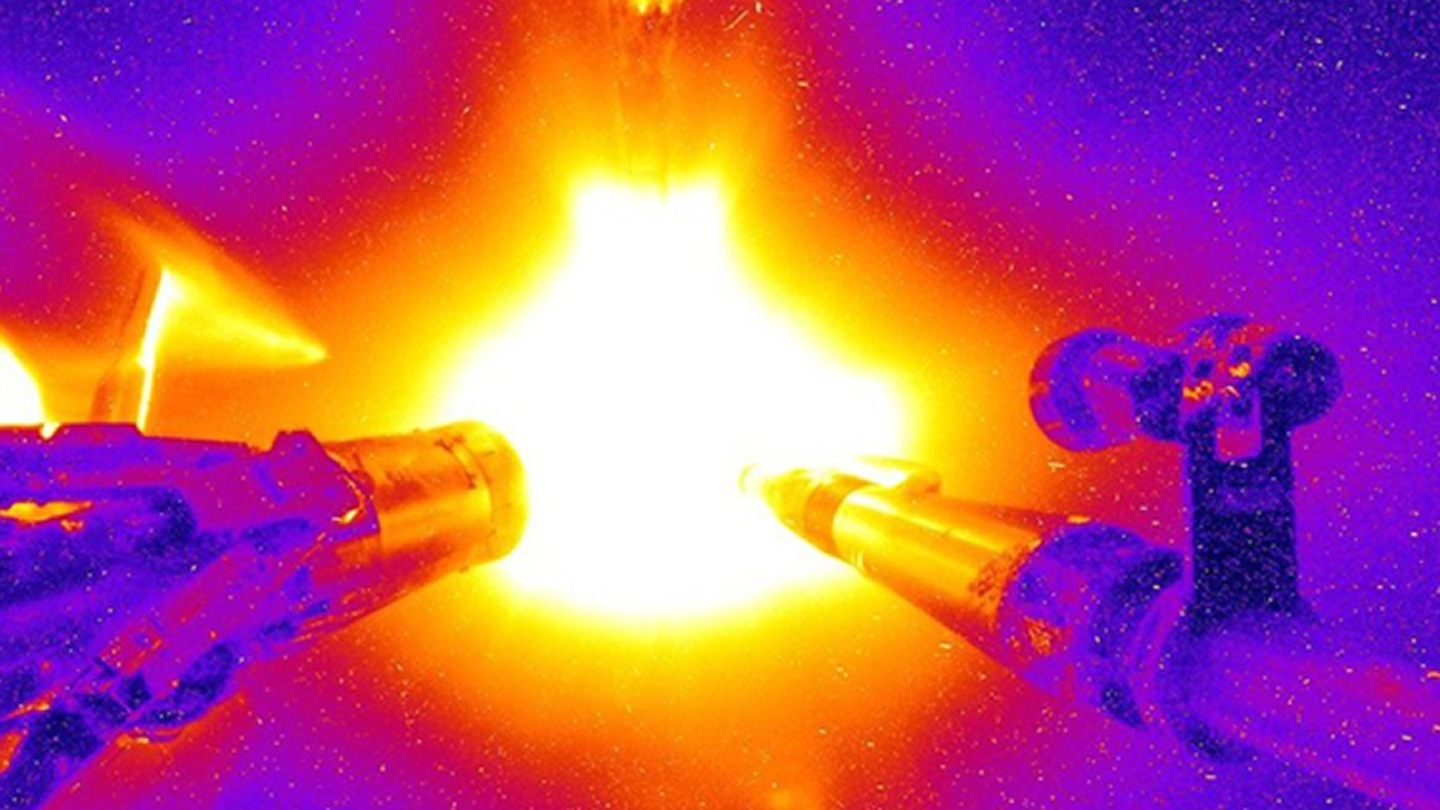Why the future of AI is nuclear
An interview with Jay Jiang Yu about why the future of AI is nuclear

Artificial Intelligence and its subsets like machine learning are driving the latest technologies like the best Large Language Models (LLMs) and creating power demands that current infrastructure might not be able to keep up with.
According to the International Energy Agency, electricity consumption from data centers could double by 2026. In 2022, data centers consumed approximately 460 TWh and is expected to reach 1,000 TWh in the next couple of years. The equivalent to the entire electrical energy consumption of Japan.
It is predicated that the limiting factor of AI advancement in the near future will not be processing power, but rather energy infrastructure. We spoke to Jay Jiang Yu on how to tackle this obstacle and why he believes the future of AI will depend on nuclear energy.

With the growth of data centers, when do you expect the tipping point to be when our current infrastructure cannot keep up with demand?
The tipping point may have been reached already. The systems which would need to be in place to meet the expected energy demand would need to commence their installation now, to ensure that the AI and data centers in 2-3 years had the power supply necessary to continue their upscaling and expansion. Currently the deficit in energy is expected to hit the tech centers sometime around 2026-2027, and currently no new system looks able to come online before those dates.
How well positioned are countries to deal with this increase and are some countries better positioned than others?
On the nuclear front, any country with a history of nuclear energy has a big advantage over countries with no history, as they would have regulatory bodies and licensing authorities able to oversee the implementation of technology and energy systems within their country. But in a wider context, there are so many factors determining which options are available to certain regions. When we were talking to governments in Indonesia, Philippines, and Thailand, they communicated a desire to replace diesel generators for their extensive island populations, but there is currently no alternative to diesel, other than potentially microreactors. Options such as geothermal, hydro, wind and solar are just not available to these areas, likewise transmission lines and gas pipelines are just sometimes not practical or feasible. Nuclear can really be a great leveller, provided the country implements a good implementation strategy for the technology, as it can be placed anywhere, requires no refuelling, occupies a small footprint, and is not subject to fluctuating commodity and fuel costs once built.
Should we be re-thinking our green energy consumption goals by going 100% renewable later to stop us being left behind in the latest tech race?
A full transition to 100% renewables may not be practical, just for the fact that they will be required for things like plastics, fertilizers, and other downstream products which are necessary. Jet fuel is unlikely to be replaced anytime soon either. But certainly an ever increasing transition to renewables and non carbon emitting energies is feasible, we have already seen a large and complex country like France power itself with 80% nuclear. The consequence of their decision to go nuclear has given them enormous sovereignty over their energy, and stopped reliance on foreign energy sources, such as the rest of Europe experiences by being reliant on Russian gas.
In the context of the tech race, even if the new data and tech centers sought conventional hydrocarbon energy sources, they would still likely have to construct whole new coal or gas power stations to meet the energy needs of these centers, that is an undertaking which would still require a lot of time, money, and would also give tech a dirty image. All these alternatives to nuclear power also don't have the capacity factor necessary to sustain these facilities, as they aim to have only 10 hours of downtime a year. Nuclear has the highest capacity factor of all energies, is the safest form of energy ever developed, does not emit carbon, and can provide decades of power without needing refuelling. If we want to win the tech race we have to develop nuclear technology alongside this new tech.
Are you a pro? Subscribe to our newsletter
Sign up to the TechRadar Pro newsletter to get all the top news, opinion, features and guidance your business needs to succeed!
Given that small modular reactors have cost billions of dollars and a decade to create, how can you go smaller on a smaller budget and with less time?
Small modular reactor are neither small nor modular, ironically. A microreactor on the other hand is very small, uses far fewer components, can be mass manufactured on a production line, and they already have a history of being built and deployed unlike SMRs; a host of U.S. universities have their own reactor which they've been operating for decades without incident. Almost all products benefit from economies of scale, microreactors have that advantage over SMRs, and the likelihood of their adoption is more straightforward, as they are targeting end users that have no other alternatives. Microreactors may be able to benefit from utilizing the same NRC licensing which allowed for the deployment of microreactors to U.S. institutions decades ago, giving them a route to get to market more easily, and because they are not site specific, they can be more quickly deployed and established. The capital costs and the related financing costs for each microreactor are far smaller, making them more attractive for remote locations subsisting on expensive fuel which often has to be imported on a daily basis to sustain the operation or habitat. SMRs will certainly have their place, but there is likely to be very little overlap between themselves and microreactors in terms o f customers and destinations.
Given that a lot of the public are weary of nuclear power, what do you think their reception will be of small nuclear reactors in their vicinity. How well protected will the environment and people be in the worst case scenarios?
Education will need to accompany the increasing roll out of nuclear energy systems. Certain misconceptions are prevalent, but if we can communicate that in terms of deaths/GWh nuclear beats out everything, even wind and solar. In terms of waste, all the waste from all the nuclear reactors ever operated in the US since the 1950s would not fill a football field, so it by far the least waste generating systems out there, and that waste could even be used to power new reactor systems in the future. And reactors cannot explode, they cannot be hijacked and turned into bombs, and for radiation consider that a nuclear submariner that works day and night next to a reactor gets a lower radiation dose than an average American in their own house. For collisions and car accidents, the reactors are not fuelled so present no risk, and even if the fuel truck was to be hit by a rocket the fuel would get less dangerous, as uranium energy is generated by its proximity to itself, if you blow it up it'll cool down.

James is a tech journalist covering interconnectivity and digital infrastructure as the web hosting editor at TechRadar Pro. James stays up to date with the latest web and internet trends by attending data center summits, WordPress conferences, and mingling with software and web developers. At TechRadar Pro, James is responsible for ensuring web hosting pages are as relevant and as helpful to readers as possible and is also looking for the best deals and coupon codes for web hosting.